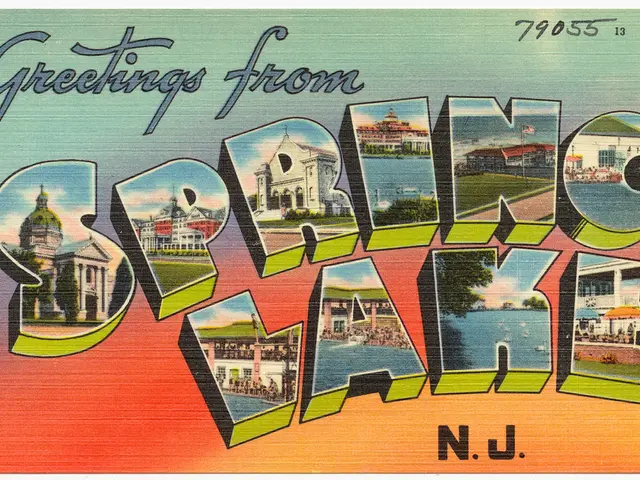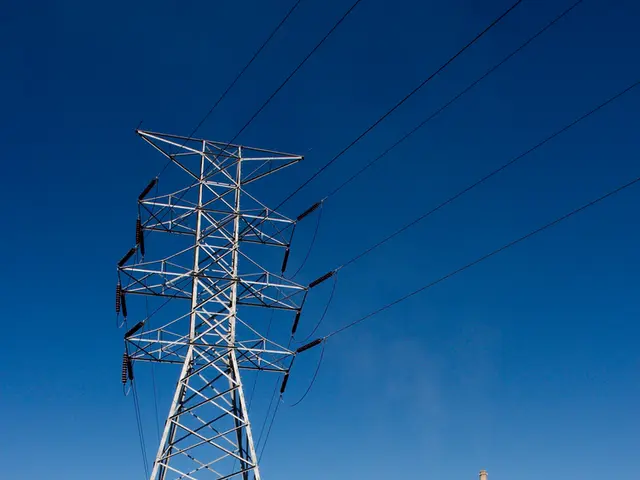Utilities Push for Higher Fixed Charges in Q1 2017, Sparking Debate
In the first quarter of 2017, utilities across the United States made significant moves in the energy sector. Notably, many attempted to increase fixed charges or minimum bills on customers, with Massachusetts' Eversource proposing a hybrid of fixed charge, demand charge, and minimum bill. This shift has sparked debate and regulatory scrutiny.
In 2017, many states witnessed discussions about raising base fees for electricity customers. Utilities like Arizona Public Service (APS), AEP, Pepco, and Delmarva Power proposed such increases, with their plans reviewed by respective regulatory bodies. Texas utility Oncor, for instance, sought a fixed charge based on each customer's maximum historical demand.
Meanwhile, 21 states considered or took action on net metering policies, with 65 bills introduced by mid-April 2017. Notably, 12 states took action on community solar, with Virginia becoming the 17th state to adopt a statewide policy. However, net metering's future remains uncertain, potentially disrupting the solar industry.
New York regulators ordered the Value of Distributed Energy Resources (VDER) as part of its Reforming the Energy Vision (REV) process. The biggest theme in the Q1 2017 report was utilities' attempts to increase fixed charges or minimum bills on customers, which could disproportionately affect solar users.
Regulators granted only 16% of the requested increase in fixed charges on average, with no utility receiving the full amount. While attempts to weaken the economics of customer-owned solar persist, regulators are not supporting these changes. As the energy landscape evolves, so too will the dialogue between utilities, regulators, and consumers.
Read also:
- Standard Nuclear & Framatome Join Forces to Boost TRISO Fuel Production by 2027
- U.S. Energy & Politics: Wood Burning Criticized, Wind Industry Faces Policy Hurdles, GOP Divided on Climate
- XPeng Boosts Leadership, Vienna's EV Interest Surges, Used EV Market Shifts
- Lieutenant Governor Kounalakis joins SoCalGas in unveiling the novel H2 Hydrogen Innovation Experience, a one-of-a-kind demonstration.








